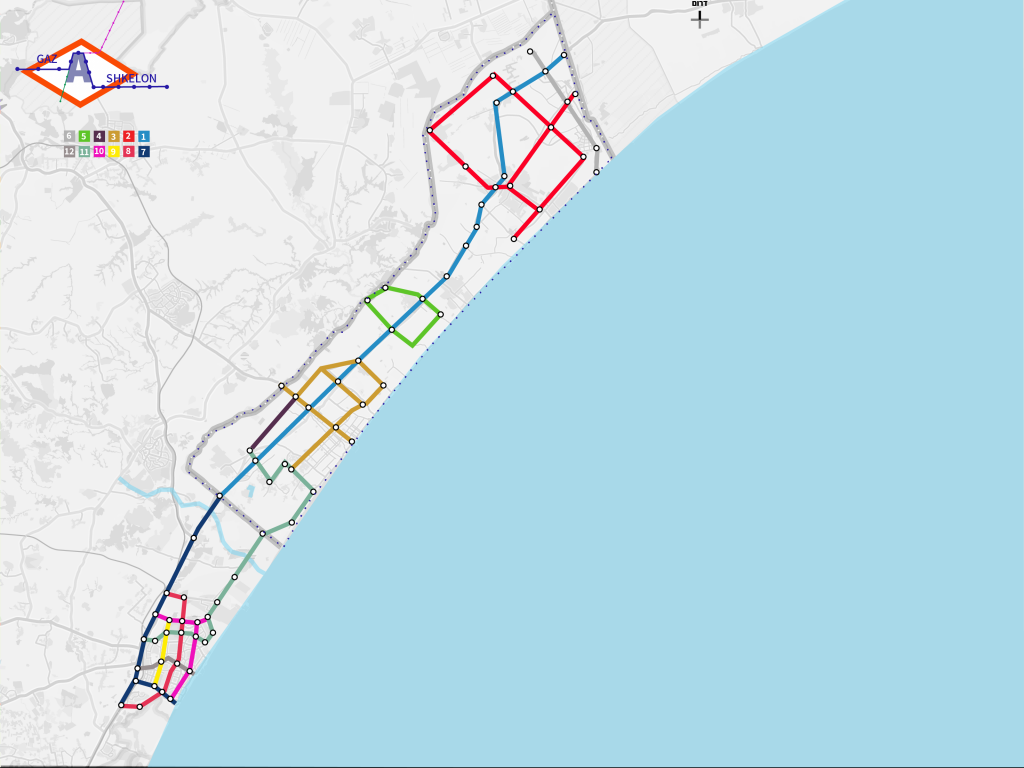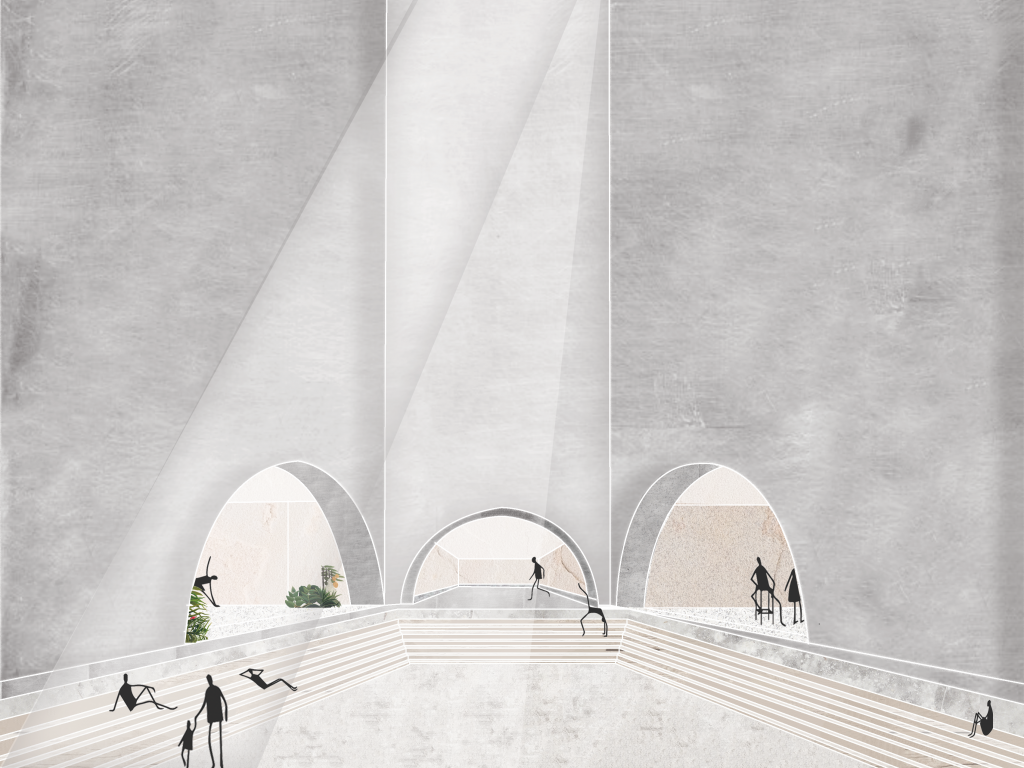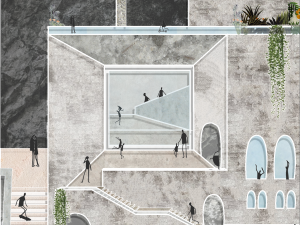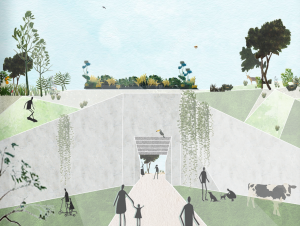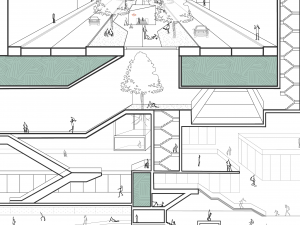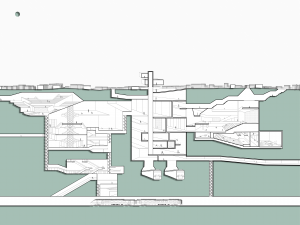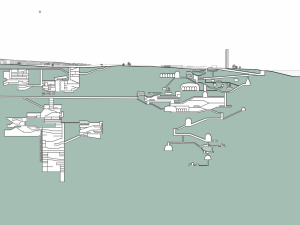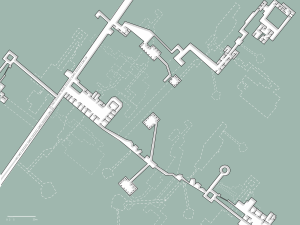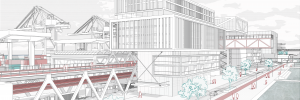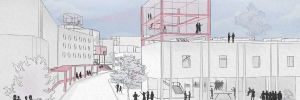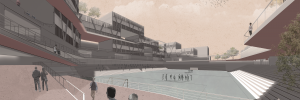South Is the New North
Throughout history, maps have been used as a tool for orientation in space, but have also served as a political force – the map’s definition of who is above and who is below shaper the consciousness about space. In many cases areas that are in the upper parts of the maps – “northern” are considered more successful than “southern” areas. The issue is reflected in varying scales – in the world, continent, country, city and neighborhood. Nowadays, the media also has power in shaping the consciousness of space. Communication channels are used as a tool to influence opinions, beliefs or actions.
The purpose of the project is to act against the spatial conventions. Inverting the map, with the south on top, can undermine our worldview. As a planning tool, map reversal changes the planner’s perception of space because the physical environment is interpreted differently. The underground is usually not perceived as a quality living space, but as space to “hide” infrastructure. If reversed, however, it can be a significant part of the city and include quality spaces. “Forgetting” the location underground allows people to create a new consciousness about space.
Ashkelon, the southernmost city along Israel’s coast, has been an important port city throughout history. Today, the city is at the frontline of confrontation between Gaza and Israel, and is perceived as a weakened and rocket-bombed city. The creation of an independent underground city between Ashkelon and Gaza based on the infrastructure of the tunnels as a metro would manifest on different scales: at the regional level – an underground connection between Ashkelon and Gaza could revive two cities; at the municipal level – by unveiling Tel Ashkelon, an important archeological site outside of public consciousness; at the neighborhood level – underground development in the weakened southern Shimshon neighborhood, near the historic mound, could strengthen it.
The reversal of spatial conventions between Ashkelon and Gaza has the potential to materialize in other places, as an act of strengthening cities. The development of independent underground cities has several advantages: resilience in time of war or climate crisis, availability of underground space and formation of a new consciousness of the physical environment, detached from spatial conventions familiar to us.



